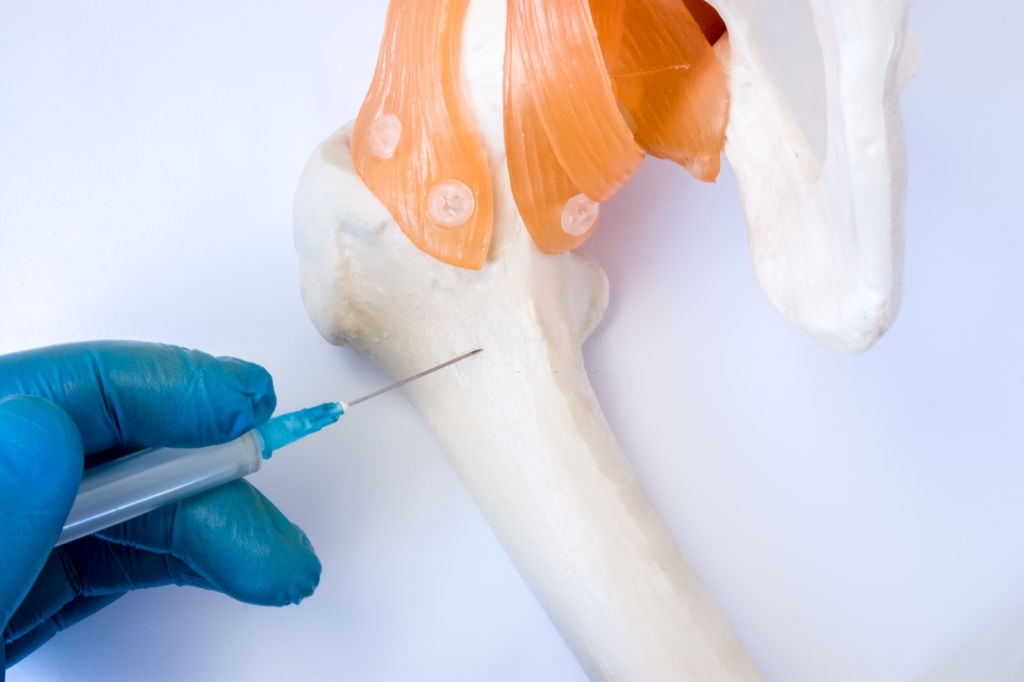SIGNS & SYMPTOMS OF LYMPHOMA
Chronic Myeloid Leukemia is a type of cancer. It starts in the blood cells of bone marrow. There is a soft part inside the bones, where blood cells are formed called bone marrow. In this, the bone marrow produces too many cells. These cells increase and crowd the bone marrow. They also spill over the blood. It develops slowly and gradually and has three main stages.

Chronic Myeloid Leukemia Stages
In order to predict the expected development of Chronic Myeloid Leukemia stages and plan for recovery, it is divided into three stages:
- Chronic Stage
- Accelerated Stage
- Blast Stage
In chronic Myeloid Leukemia, the amount of blast cells increases in the bone marrow and blood. Due to the increased number of blast cells, there is less space for healthy Red Blood Cells, White Blood Cells and Platelets. The severity of the symptoms determine the stages.
Chronic Stage
This is the initial stage of Chronic Myeloid Leukemia. Most people are well in this stage and have very little or no troubling symptoms. Most people are also diagnosed in this stage. The duration of this stage is substantially longer and may last for around 5 years or more. However if untreated it can progress to accelerated or blast phase rapidly.
Accelerated stage
After a particular time, the Chronic Myeloid Leukemia starts growing more rapidly. This phase of CML is known as the accelerated stage. In this phase, the proportion of blast cells begins to increase rapidly in bone marrow and blood.
Blast Stage
In this there are 20 percent more blast in blood. There is a dramatic increase in blast cells in the bone marrow or blood. The patient starts feeling unwell due to an enlarged spleen, fever, and weight loss.
Chronic Myeloid Leukemia Diagnosis
A doctor may suggest Diagnosis for Chronic Myeloid Leukemia to learn about the extent of disease and even to plan which treatment would work best. The Chronic Myeloid Leukemia Diagnosis is done by examining samples of blood and bone marrow. A doctor may perform one or more tests to diagnose Chronic Myeloid Leukemia.
Initially a total blood count called CBC Complete Blood Count is done. In this, a sample of blood is taken from the vein and sent for investigation. Many of the white blood cells may be the blast cells that confirms the Chronic Myeloid Leukemia
After detecting CML in blood test a Bone marrow examination is done to confirm the diagnosis. In this, a sample from bone marrow, blood, and a small piece of bone is taken generally from the hip bone. The samples are then evaluated in a laboratory. The cells, tissues, and bone part is used to determine the number and type of cells present.
Using special laboratory tests the bone marrow and blood are further examined. In this, the number, size, shape and arrangement of the chromosomes are analysed. The cytogenetic testing is also used during the treatment to analyse how well the treatment is working.
Imaging Tests are done to see if the blood cells are affecting other parts of the body. In this, CT scan, high-frequency ultrasound is used to see any abnormalities.
Treatments available for Chronic Myeloid Leukemia increase the Life expectancy of patients up to 90 percent Targeted therapy drugs are the main treatment for Chronic Myeloid Leukemia and also other treatments like Chemotherapy, radiations, surgery or a stem cell transplant are used individually or as a combination to increase the survival rate.
Chronic Myeloid Leukemia Life Expectancy
With the advancement in medical sciences and the targeted drugs treatment, the Chronic Myeloid Leukemia Life Expectancy has increased to a great extent. The survival rate of Chronic Myeloid Leukemia as per a study in 2006 revealed 83 percent survival rate after five years of receiving treatment. This rate has increased to 90 percent in the year 2014. Chronic Myeloid Leukemia Life Expectancy greatly depends on factors such as the disease response to treatment, individual condition and will power, the phase/stage of Chronic Myeloid Leukemia, the treatment and level of fitness.
Life Expectancy of Chronic Myeloid Leukemia if left untreated
If Chronic Myeloid Leukemia is left untreated it can cause death. This disease is eventually fatal as it spreads from the bone marrow to blood spleen, central nervous system, and other organs. Chronic Myeloid Leukemia is a serious health concern and requires timely, aggressive treatment. Most of the patients of CML respond well to the treatment specially children and people from younger age groups. With the advancement in the drugs and methods of treatments, a large number of people look forward to surviving their disease and enjoying a better quality of life.